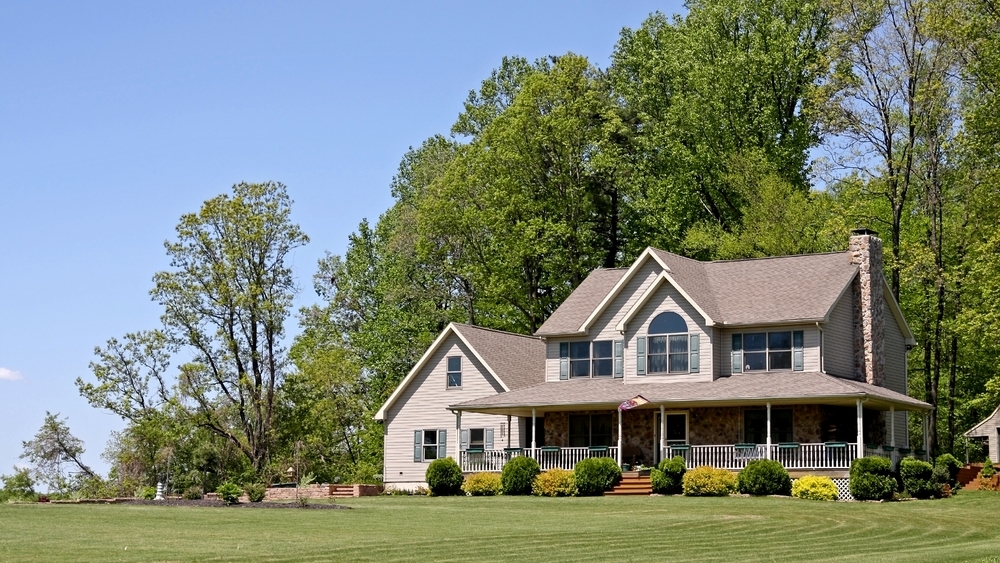While the majority of homeowners in America live in subdivisions, some prospective homeowners dream of wide open spaces and a quiet natural setting. So what does it take to build in a rural area as compared to a subdivision? Here are some key differences.
Buying the land. In many small towns and rural communities, real estate agents specialize in rural acreage, farm and ranch sales. They can help you navigate the particular issues inherent with rural transactions. If the acreage is already the size you desire, then the deal is fairly straightforward. If, however, you wish to buy only a portion of an acreage, the landowner may, in some states and counties, need to apply for local government approval. The landowner may or may not want the bureaucratic hassle, and certainly will want you to cover the cost. Smaller pieces of land also will likely cost more per acre.
Utilities. Depending on location, you may have added costs for acquiring water, sewer, electricity and gas.
- Water: If the property isn’t near a municipality, you may need to drill a well. Look online for local water well drillers, get referrals and price quotes. Find out the location and depth of the aquifers, or source for drinking water, under your land. The driller will drill to the aquifer, then place a down-hole pump that brings water to the surface where they will install a holding tank, which links to your home. In areas with high alkaline rock formations underground, you will want to install a water softener to keep the “hard” water from damaging appliances like dishwashers and water heaters. This is an expense of several thousand dollars.
- Septic system: Again, if municipal services aren’t available, you’ll need a septic system to dispose of your wastewater. Find out if your local government has specifications on the acceptable types of systems and any other requirements. This typically falls under the jurisdiction of the county health department, which may do a site assessment to determine the appropriate type and capacity of your proposed system. It is also important to research whether any state environmental agencies have jurisdiction over both septic and well drilling and use.
- Electricity and gas: Lines may very well run close to your property, but you’ll likely have to pay to run lines to your property. If gas lines aren’t nearby, you may need a propane gas tank and supply to the house, unless you go the more expensive route of “all electric” for all utilities and appliances.
Building the home. Building a home on acreage typically involves working with a custom builder, although some major tract home builders may offer “build on your own lot” sales. You may see some savings from tract home builders’ bulk buying power, but they may also boost their prices for a building site in a remote area.
Road construction. The cost of a road or driveway, from the main road to your home, is another added expense.


